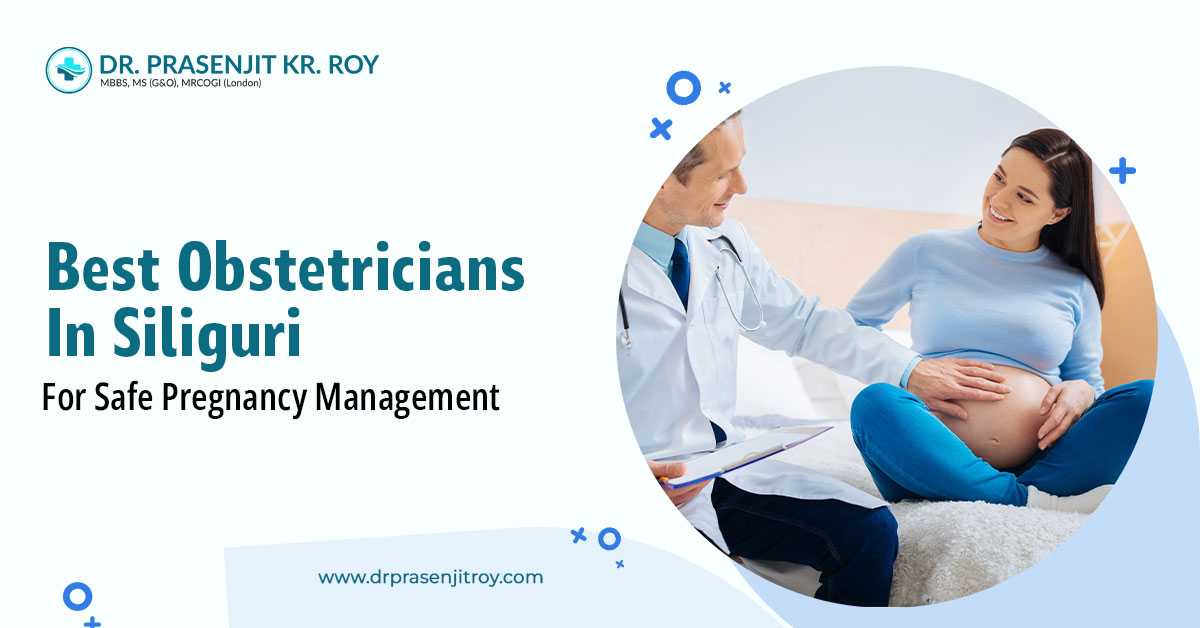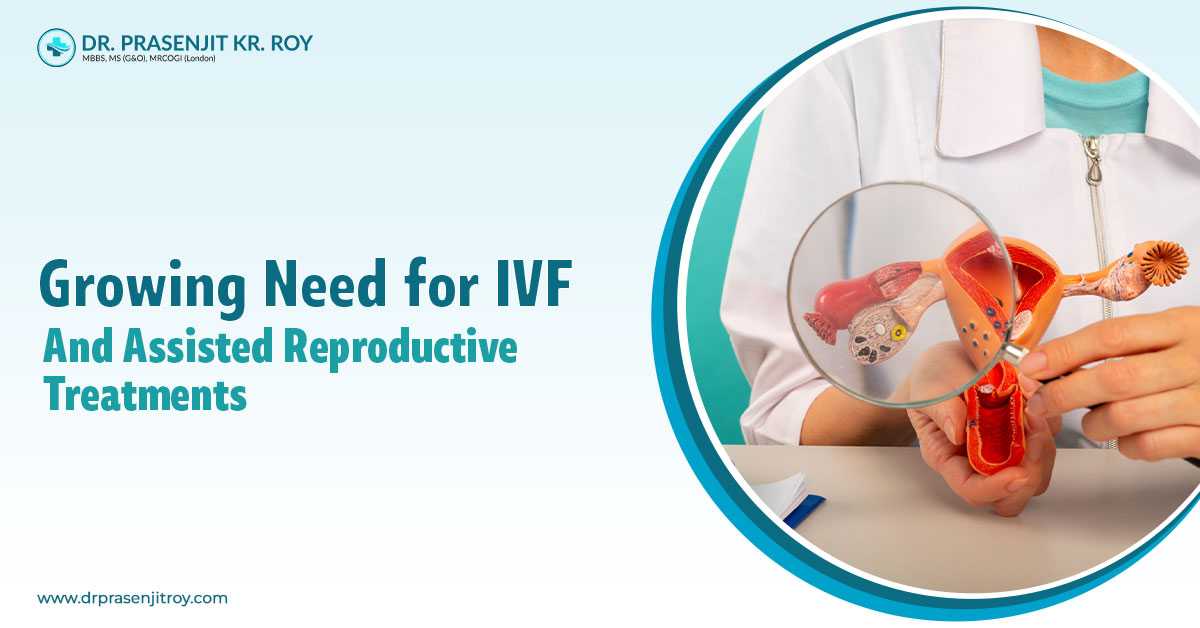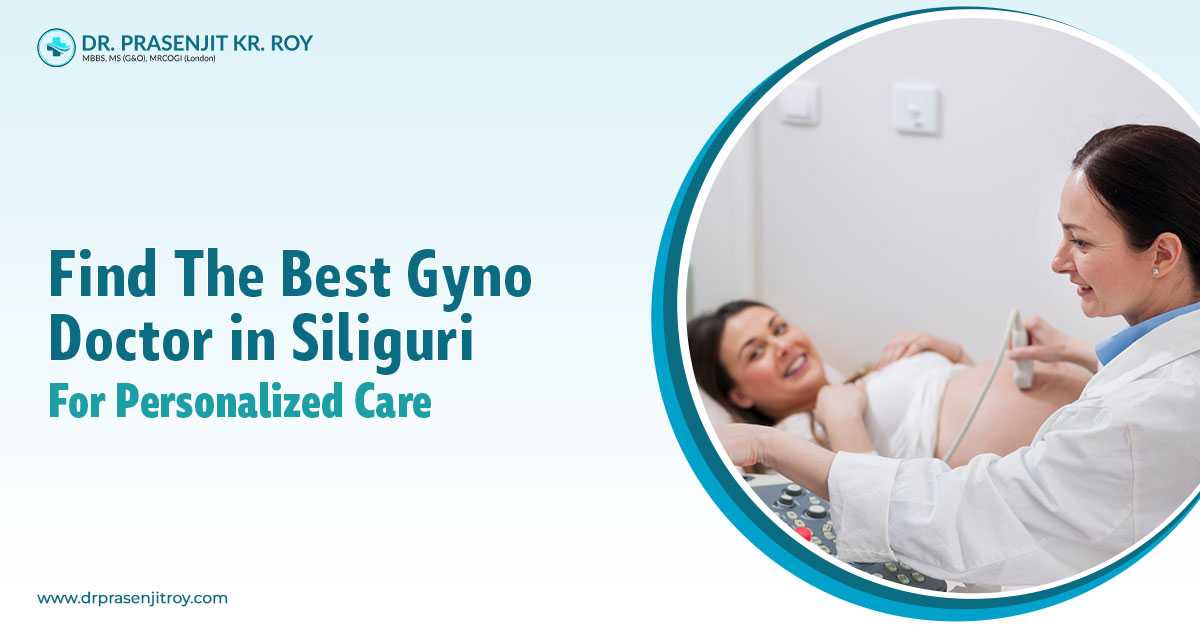Every month healthy women menstruate and that is when their bodies prepare them for pregnancy. This is a complex relationship between the various parts involved in the process. The pituitary gland in the brain, the ovaries, and the uterus create a needful environment for ovulation to take place. This is done so that the sperm and egg can meet and so that the fertilized egg can implant itself in the uterus. Fertilization is the last stage of this whole process which results in a woman getting pregnant.
Table of content:
1. What is ovulation?
2. What is fertilization?
3. Getting pregnant
What is ovulation?
Ovulation is one of the stages of the menstrual cycle. It is the phase that occurs around day 14 of the 28-day menstrual cycle. To be precise, ovulation is the release of the egg (ovum) from a woman's ovary.
Every month, between day six and day 14 of the menstrual cycle the follicle-stimulating hormones cause the follicles in one of the ovaries of women to start maturing. In the period between days 10 to 14, only one of the follicles is capable of forming a fully mature egg. At about day 14 of the menstrual cycle, a sudden surge of the luteinizing hormone causes the ovary to release this egg. The egg starts with its five-day travel through a narrow, hollow tube-like structure called the fallopian tube to the uterus. As the egg travels through the fallopian tube, the level of hormones like progesterone and other related hormones rise which helps in preparing the uterine lining for pregnancy.
What is conception?
Conception is the process that occurs when the sperm cell from a fertile man swims upwards through the vagina and into the uterus of a woman to join with the woman’s egg cell while it is on its way down to the fallopian tubes from the ovary to the uterus.
As this fertilized egg is moving down the fallopian tube, it starts dividing itself into two cells, then four cells, then more cells, and the division continue. About a week or so later when the sperm has successfully fertilized the egg, the fertilized egg has reached the uterus and become a growing cluster of around 100 cells known as a blastocyst.
The blastocyst then attaches itself to the lining of the uterus and the release of hormones like estrogen and progesterone help in providing the essential nutrients to blastocysts which eventually develop into a baby.
Getting pregnant
The best time for getting pregnant is the three to six-day that leads up to and consists of ovulation. The most fertile days of a woman vary depending on the length of their cycle.
If you are planning to get pregnant, you need to stop using a contraceptive. There is no definite time but the process of ovulation and fertilization needs some planning. However, you need to make sure to have at least three normal period cycles after stopping the pill so that your metabolic function can return to normal.








